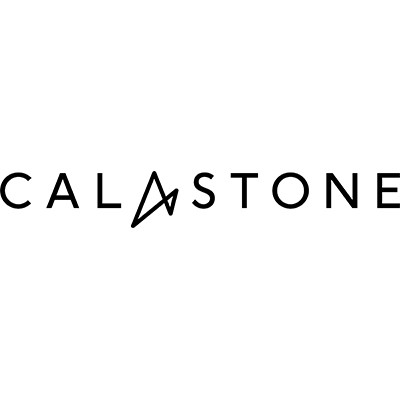
Calastone reveals how tokenisation at asset level is set to transform asset management
Calastone, the largest global funds network, has released a whitepaper on the practical application of tokenisation in asset management; the whitepaper includes an analysis of the current state of play, the different approaches to tokenisation, the regulatory landscape and considerations for the long-term application of the technology.
Tokenisation is not only being widely discussed across the asset management industry but is a fast-emerging reality. An Autumn 2022 survey of institutional investors by BNY Mellon revealed 97% of respondents agreed that tokenisation ‘will revolutionise asset management’.
Early adopters fail to address existing issues in the current transaction chain
Although several industry players have dipped their toes into tokenisation, there are clear limitations to current approaches which seek to simply tokenize units of funds, for example. Tokenising units only serves to add a tokenised layer to an otherwise traditional fund, continuing to perpetuate its core inefficiencies. This approach fails to consider the long-term benefits of tokenisation and its potential to transform the asset management industry as we know it today.
Tokenisation is a means, not the end
Currently, the asset management industry is plagued by unwieldly manual processes and high costs which prevent asset managers from meeting customers’ evolving expectations and needs. To truly transform the process of investing, the industry needs to think about tokenisation not as a new technology, but as a transformative tool to create a frictionless digital marketplace for asset management; this can only be achieved by tokenising the underlying assets of funds, not just the units.
Changing the fundamental structure of a fund by tokenising at the asset level brings the entire value chain onto a common and digital Distributed Ledger Technology (DLT) platform, thereby increasing efficiency by facilitating real-time flow of data and enabling new levels of collaboration between liquidity partners, custodians, investment managers and distributors.
Adam Belding, Chief Technology Officer at Calastone, said, “The current efforts of industry players are a good start and show recognition that tokenisation is beneficial in asset management. Ultimately, however, approaches which do not utilise tokenisation at the asset level will not affect real change long-term as they fail to address fundamental issues with the underlying structure.”
“Calastone’s tokenisation model, which leverages the technologies from our Distributed Market Infrastructure (DMI), is currently being piloted with several global asset managers. The asset-level, platform-based model is the first of its kind and brings both data and processes underpinning a fund into the same environment, creating an integrated and seamless value chain that is significantly lower in cost.”
Asset managers, with the support of regulators, need to prioritise tokenising underlying assets to bring their business and their customers into a new era: one in which the benefits of digitised investing will be fully felt by all for the first time through a new tokenized investment vehicle.


